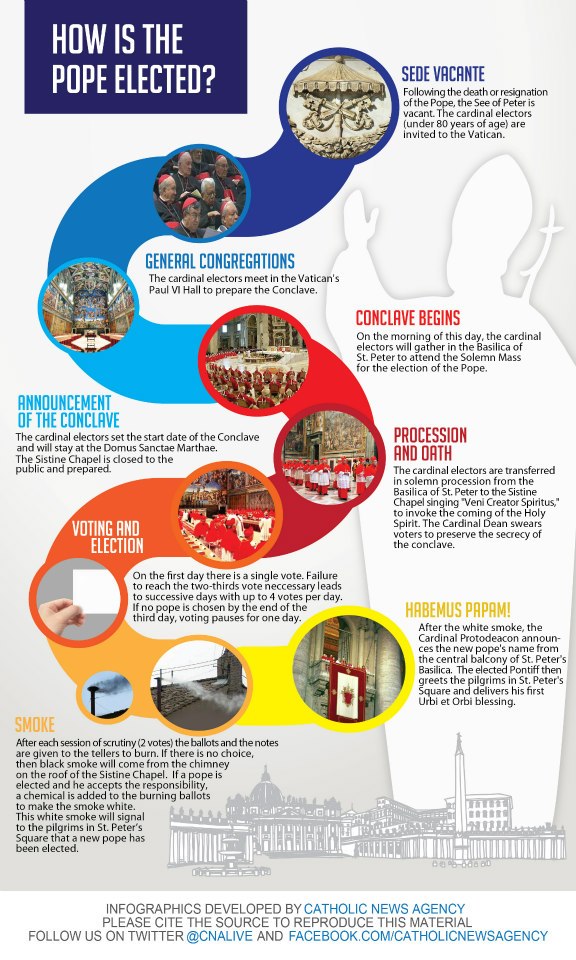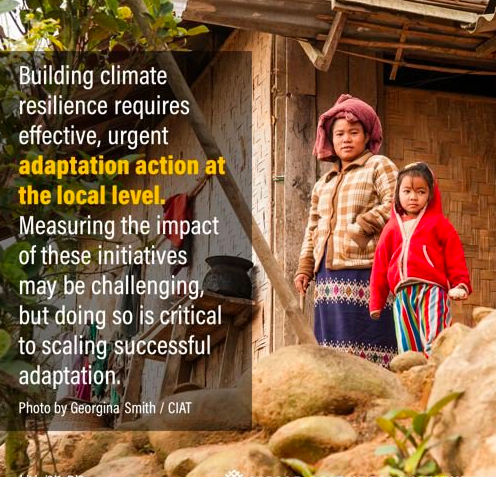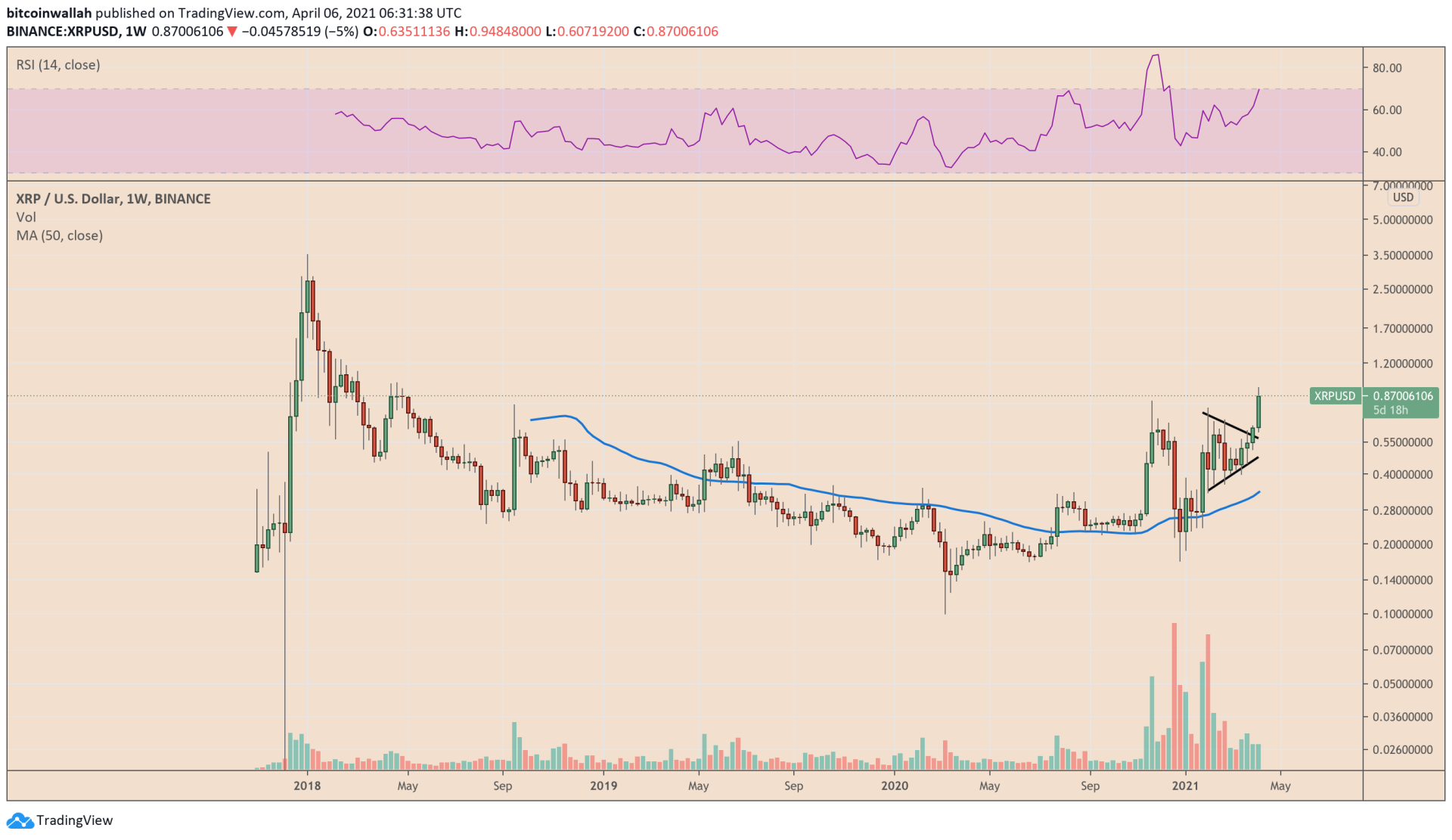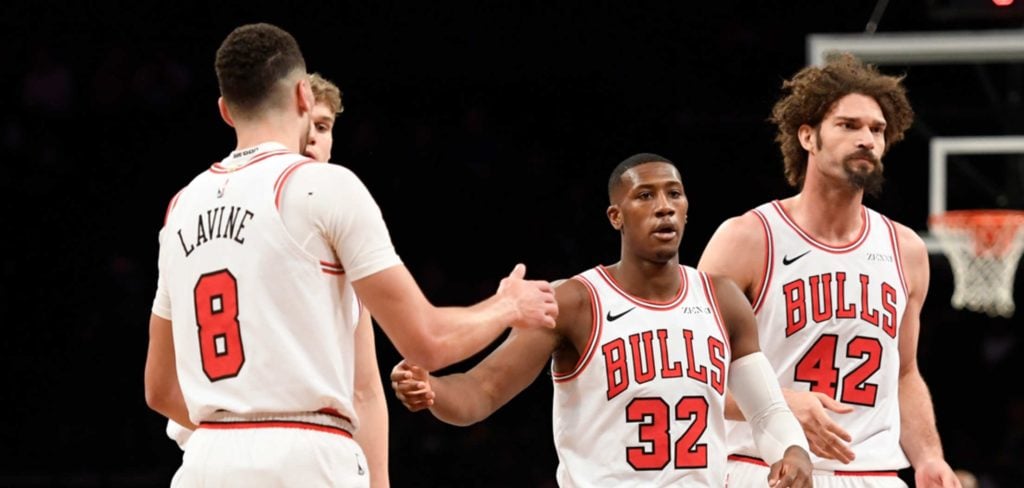The Conclave: Electing The Head Of The Catholic Church

Table of Contents
History and Evolution of the Conclave
Papal elections, before the formalization of the Conclave, were often tumultuous affairs. Early Church history reveals a period where political maneuvering and even violence played significant roles in choosing the next Pope. The process lacked structure and transparency, leading to contested elections and lasting divisions within the Church.
The evolution of the Conclave into a more structured and secretive process was a gradual one, spanning centuries. Initially, informal gatherings of cardinals attempted to establish a more orderly selection method. However, it wasn't until the 13th century that the Conclave began to take on its recognizable form, with rules and regulations designed to minimize outside influence and ensure a more deliberative process.
Key historical Conclaves have profoundly impacted the Church's trajectory. For example, the Conclave of 1271, which elected Gregory X, resulted in the formalization of many of the Conclave's rules and procedures we still recognize today, largely in response to the lengthy and chaotic papal election that preceded it. Subsequent changes, particularly those following the Second Vatican Council, further refined the process.
- Early Papal elections often marred by political influence and corruption. Powerful families and secular rulers frequently exerted undue influence on the outcome.
- The introduction of the Conclave as a more structured and secretive process. This aimed to reduce external pressures and promote a more spiritual and prayerful atmosphere.
- Significant changes to Conclave rules following the Second Vatican Council. These updates aimed to modernize the process while preserving its essential traditions.
The Process of the Papal Conclave
The College of Cardinals, the body of senior Church officials appointed by the Pope, holds the sole responsibility for electing the next Pope. Only cardinals under the age of 80 are eligible to participate as electors in the Conclave. The selection process is meticulously structured, imbued with symbolism and steeped in tradition.
The Conclave begins with the sede vacante period, the time between the death or resignation of a Pope and the election of his successor. During this period, the College of Cardinals governs the Church. The Sistine Chapel in Vatican City is meticulously prepared to host the Conclave, transformed into a secure and isolated environment.
The voting process itself involves secret ballots and scrutinies. Cardinals cast their votes, which are then counted by appointed officials. The process repeats until a candidate receives a two-thirds majority. The announcement of the new Pope, the iconic "Habemus Papam!" (We have a Pope!), signals the culmination of the Conclave.
- Strict rules regarding communication and outside influence during the Conclave. The cardinals are isolated from the outside world to prevent any undue influence on their decisions.
- The significance of the white and black smoke signals. White smoke signifies the election of a new Pope; black smoke indicates the voting process is continuing.
- The oath of secrecy taken by all participants. This oath ensures confidentiality throughout the Conclave proceedings.
The Significance of the Conclave for the Catholic Church
The Papal election has a profound impact on global Catholicism. The new Pope's leadership will shape the Church's direction on numerous issues, from theological doctrines to social justice initiatives. The challenges facing the new Pope are considerable, including addressing internal divisions, responding to secular challenges, and navigating complex geopolitical issues.
The Conclave is essential in maintaining the Church's unity and continuity. It provides a structured and prayerful process for selecting a leader who can guide the faithful and uphold the Church's mission. The outcome influences the Church's trajectory for years to come.
- The new Pope's influence on Church doctrine and policies. The elected Pope's theological views and priorities significantly impact the Church's teachings and actions.
- The expectations placed upon the new Pope by the global Catholic community. The new Pope faces immense pressure to address diverse needs and expectations worldwide.
- The importance of electing a Pope who can unify and guide the Church. The Conclave aims to select a leader capable of fostering unity and providing spiritual guidance.
The Future of the Conclave
Discussions surrounding potential changes to the Conclave process are ongoing. Some propose increased transparency, perhaps through the publication of voting statistics after a certain period. Others suggest modifications to address concerns about the electors' age and health. The debate often balances preserving the Conclave's rich tradition with the need to adapt to the evolving challenges of the 21st century.
- Suggestions for increased transparency in the election process. This might involve releasing aggregated data after a period, without compromising secrecy during the vote.
- Considerations of age limits and health requirements for electors. Ensuring the electors are physically and mentally capable of fulfilling their duties is paramount.
- Balancing tradition with the need for adaptation to modern challenges. The Conclave must evolve to remain relevant and effective in a changing world.
Conclusion
The Conclave remains a pivotal event in the life of the Catholic Church, a fascinating blend of ancient tradition and modern challenges. Understanding its history, procedures, and implications is crucial for appreciating the weight and significance of electing the successor to St. Peter. From the hushed secrecy of the Sistine Chapel to the global impact of the announcement, the Conclave is a unique process that continues to shape the future of the Catholic faith. To learn more about this fascinating and important aspect of Catholic history, further research into the intricacies of the Conclave is highly recommended. Understanding the Conclave process better enhances our appreciation of the Catholic Church's leadership.

Featured Posts
-
 Us Crackdown Jeopardizes Chinese Plastics Supply From Iran
May 07, 2025
Us Crackdown Jeopardizes Chinese Plastics Supply From Iran
May 07, 2025 -
 Sustainable Transformation In Least Developed Countries Fostering Resilience
May 07, 2025
Sustainable Transformation In Least Developed Countries Fostering Resilience
May 07, 2025 -
 Can Ripples Xrp Break Through Resistance To Hit 3 40
May 07, 2025
Can Ripples Xrp Break Through Resistance To Hit 3 40
May 07, 2025 -
 55 Points D Avance Les Cavaliers Etablissent Un Nouveau Record Nba Face Au Heat
May 07, 2025
55 Points D Avance Les Cavaliers Etablissent Un Nouveau Record Nba Face Au Heat
May 07, 2025 -
 The Last Of Us Season 2 Dinas Story And Isabela Merceds Portrayal
May 07, 2025
The Last Of Us Season 2 Dinas Story And Isabela Merceds Portrayal
May 07, 2025
